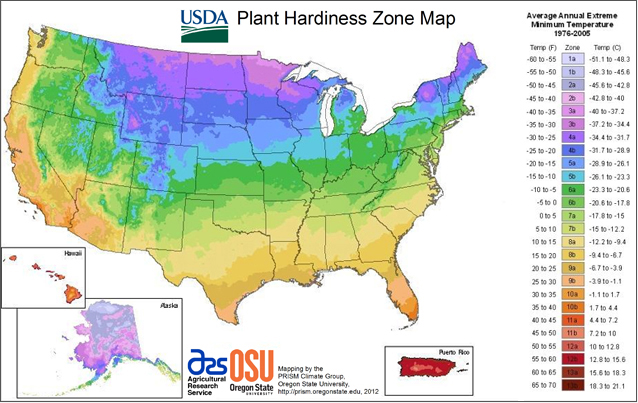Purple Coneflower Seeds - Echinacea purpurea
- Regular price
- $5.99
- Unit price
- per
-
Echinacea purpurea - Non-GMO, Open-Pollinated, Heirloom, Untreated
-
Iconic, Daisy-like Blooms: Produces striking, large, daisy-like flowers with vibrant purple petals that droop slightly from a prominent, spiky central cone.
-
Pollinator Magnet: A favorite of bees, butterflies, and hummingbirds, making it an essential plant for a pollinator-friendly garden.
-
Drought-Tolerant: Once established, this hardy perennial is incredibly resilient and thrives in dry conditions, making it a low-maintenance and water-wise choice.
-
Long Bloom Season: Provides a continuous display of flowers from early summer through fall, adding beautiful color and texture to the landscape.
-
Medicinal & Herbal Uses: Known for its immune-boosting properties, Echinacea has a long history of use in traditional herbal medicine.
-
Deer and Rabbit Resistant: The coarse texture and aromatic foliage naturally deter deer and rabbits, protecting your garden from unwanted visitors.
-
Excellent Cut Flower: The sturdy stems and long-lasting blooms make them a great choice for fresh flower arrangements and bouquets.
USDA Hardiness Zones
USDA Hardiness Zones

Planting Tips
Planting Tips






